5 INCLUDE 'FEMME FATALE' ON BBC CENTURY LIST
CRITICS SENT TOP TEN LISTS TO CREATE THE 21st CENTURY'S 100 GREATEST FILMS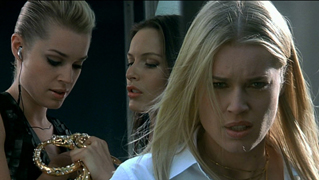
The BBC polled 177 critics from around the world, asking them to submit their top ten films of the 21st century. The lists were then tallied to create a list of the
100 best films since 2000. The BBC also posted the
individual critics' lists, and while
Brian De Palma did not land a film in the top 100 so far in this century, five of those critics did include De Palma's late-career masterpiece
Femme Fatale on their top ten lists. Here they are:
Ed Gonzalez – Slant Magazine (US)
1. Mulholland Drive (David Lynch, 2001)
2. In the Mood for Love (Wong Kar-wai, 2000)
3. The New World (Terrence Malick, 2005)
4. Certified Copy (Abbas Kiarostami, 2010)
5. Femme Fatale (Brian De Palma, 2002)
6. Margaret (Kenneth Lonergan, 2011)
7. Under the Skin (Jonathan Glazer, 2013)
8. This Is Not a Film (Mojtaba Mirtahmasb and Jafar Panahi, 2011)
9. Two Lovers (James Gray, 2008)
10. Heart of a Dog (Laurie Anderson, 2015)
Michael Koresky – The Film Society of Lincoln Center (US)
1. Mulholland Drive (David Lynch, 2001)
2. AI: Artificial Intelligence (Steven Spielberg, 2001)
3. The Tree of Life (Terrence Malick, 2011)
4. Syndromes and a Century (Apichatpong Weerasethakul, 2006)
5. What Time Is It There? (Tsai Ming-liang, 2001)
6. The Intruder (Claire Denis, 2004)
7. The Son (Jean-Pierre and Luc Dardenne, 2002)
8. Before Sunset (Richard Linklater, 2004)
9. The Headless Woman (Lucrecia Martel, 2008)
10. Femme Fatale (Brian De Palma, 2002)
Adrian Martin – Lola Magazine (Australia)
1. Holy Motors (Leos Carax, 2012)
2. Lifeline (Víctor Erice, 2002)
3. Certified Copy (Abbas Kiarostami, 2010)
4. Kung Fu Hustle (Stephen Chow, 2004)
5. Instructions for a Light and Sound Machine (Peter Tscherkassky, 2005)
6. Un lac (Philippe Grandrieux, 2008)
7. Detention (Joseph Kahn, 2011)
8. A Vingança de Uma Mulher (Rita Azevedo Gomes, 2012)
9. Mia Madre (Nanni Moretti, 2015)
10. Femme Fatale (Brian De Palma, 2002)
Charles Taylor – The Yale Review (US)
1. Blue Is the Warmest Color (Abdellatif Kechiche, 2013)
2. Only Lovers Left Alive (Jim Jarmusch, 2013)
3. Mulholland Drive (David Lynch, 2001)
4. Somewhere (Sofia Coppola, 2010)
5. 25th Hour (Spike Lee, 2002)
6. Inglourious Basterds (Quentin Tarantino, 2009)
7. The Artist (Michel Hazanavicius, 2011)
8. Phoenix (Christian Petzold, 2014)
9. Femme Fatale (Brian De Palma, 2002)
10. Fantastic Mr Fox (Wes Anderson, 2009)
Stephanie Zacharek – Time Magazine (US)
1. Mulholland Drive (David Lynch, 2001)
2. Kings and Queen (Arnaud Desplechin, 2004)
3. Yi Yi: A One and a Two (Edward Yang, 2000)
4. Oldboy (Park Chan-wook, 2003)
5. Antichrist (Lars von Trier, 2009)
6. Children of Men (Alfonso Cuarón, 2006)
7. Lost in Translation (Sofia Coppola, 2003)
8. Femme Fatale (Brian De Palma, 2002)
9. Casino Royale (Martin Campbell, 2006)
10. Blue Is the Warmest Color (Abdellatif Kechiche, 2013)
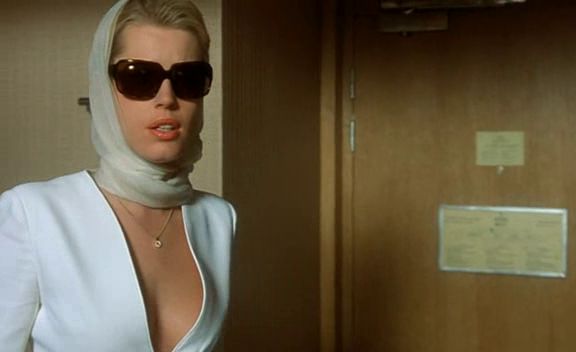 Wednesday night (April 24th), the Brooklyn Academy of Music will screen Brian De Palma's Femme Fatale at 7pm, as part of its Curator's Choice, Screen Epiphanies series. Before the screening, film critic K. Austin Collins will be on stage with BAM's Ashley Clark to discuss how Femme Fatale inspired Collins' love of cinema.
Wednesday night (April 24th), the Brooklyn Academy of Music will screen Brian De Palma's Femme Fatale at 7pm, as part of its Curator's Choice, Screen Epiphanies series. Before the screening, film critic K. Austin Collins will be on stage with BAM's Ashley Clark to discuss how Femme Fatale inspired Collins' love of cinema.




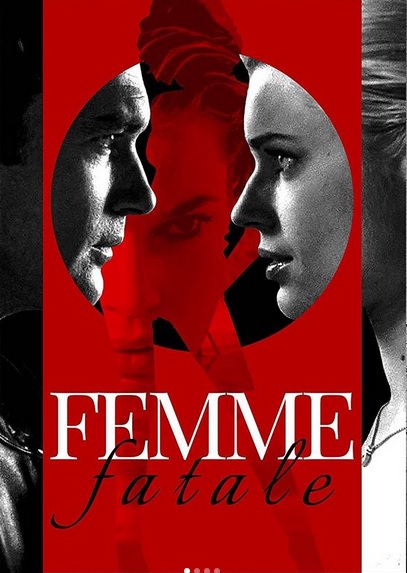


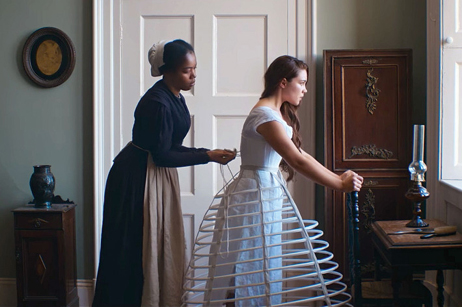
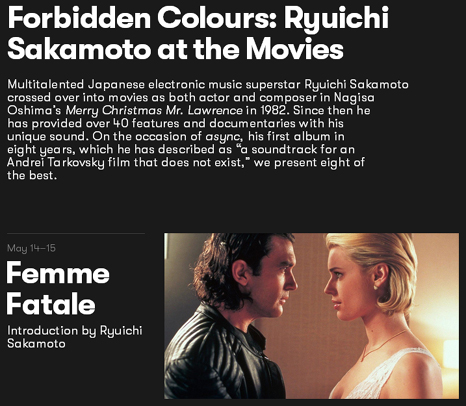
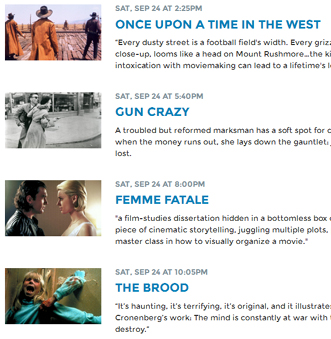 Nashville's nonprofit film center,
Nashville's nonprofit film center,  The BBC polled 177 critics from around the world, asking them to submit their top ten films of the 21st century. The lists were then tallied to create a list of the
The BBC polled 177 critics from around the world, asking them to submit their top ten films of the 21st century. The lists were then tallied to create a list of the 
 At the
At the